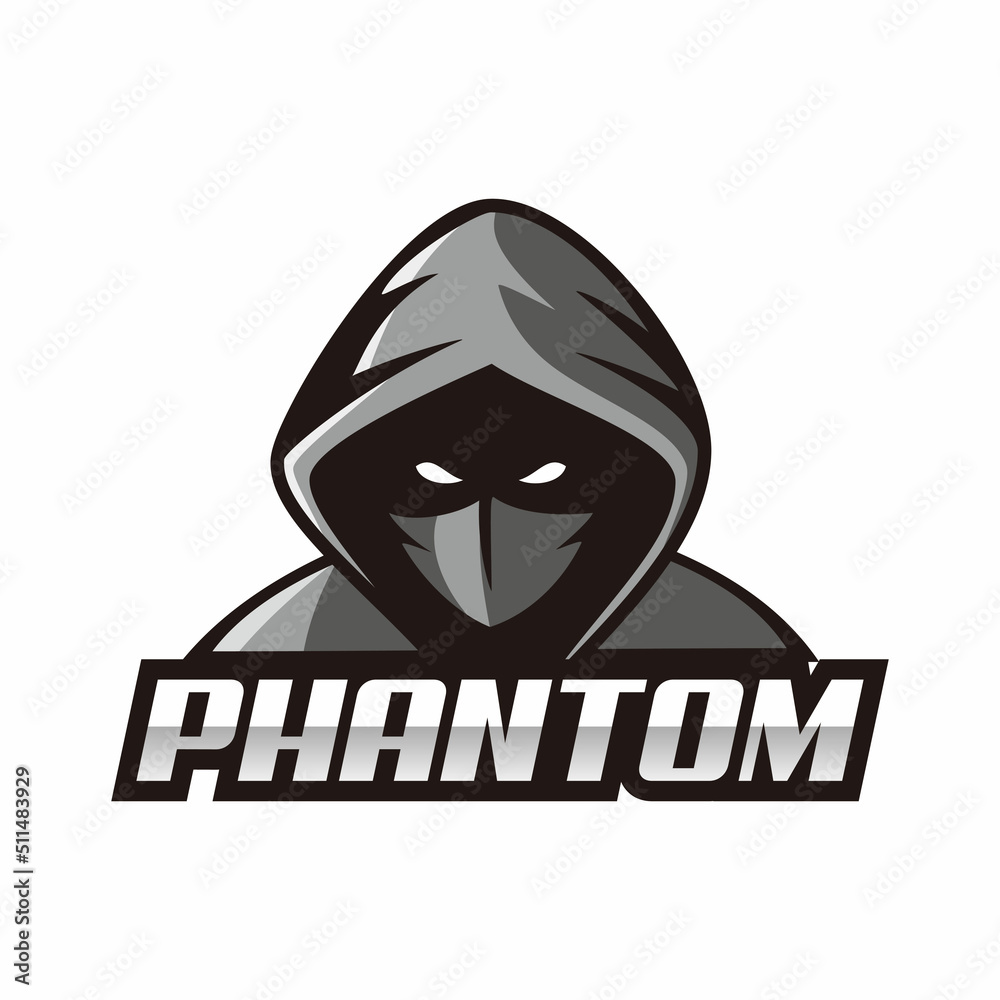You ever get that feeling when you’re deep into your crypto journey, and suddenly somethin’ doesn’t sit right? Like, you’re cruising with your Phantom wallet on Solana, but there’s this nagging thought—what if the domain I’m using isn’t the best fit for the future? Wow, yeah, it sounds a bit nerdy, but hear me out.
At first, I thought, “Hey, Phantom’s all over the place, and it’s solid.” But then I stumbled onto the whole metaverse integration talk and staking rewards that weren’t exactly straightforward—and backup solutions? Man, that’s a whole other beast. I mean, how do you keep your digital assets safe when everything’s supposed to be decentralized yet conveniently accessible?
Seriously? The more I dug, the more complex it got. On one hand, Phantom is this slick, user-friendly wallet that’s basically a Solana staple. Though actually, for users looking to push beyond just sending or receiving tokens—getting into metaverse realms or stacking staking rewards—the domain factor suddenly seems very very important. The default setup might not cut it.
Okay, so check this out—there’s a growing buzz around alternative domains that promise better integration with the metaverse and enhanced staking features. Initially, I thought it was just marketing fluff, but my instinct said maybe there’s real substance here. Something felt off about sticking solely to the standard Phantom address when you could tap into more dynamic options.
Really? Yeah, and it’s not just about flashy tech. Backup solutions, especially, bug me. Losing access to your wallet because of a lousy backup plan? No thanks. With alternative domains, some projects are pushing better recovery options, which is a huge deal in crypto where one tiny mistake can cost you everything.

Why Metaverse Integration Changes the Game
So, here’s the thing—integrating your wallet with metaverse platforms isn’t just some futuristic gimmick. It’s becoming a daily reality. I was messing around with some virtual worlds built on Solana, and the ease of connecting your wallet makes or breaks the experience. The normal phantom domain sometimes feels like a bottleneck.
My first reaction was “No way, this can’t be that big of a deal.” But after a few tries, trying to jump between metaverse apps and manage NFTs, I realized the limitations. The alternative domains offer more seamless interaction, letting you move assets and identities across platforms without jumping through hoops. That’s a big plus if you’re serious about exploring these digital worlds.
On the other hand, there’s the question of security. More integration means more attack vectors, right? Though actually, some of these new domains come with enhanced security protocols baked in, which is kinda reassuring. Still, I’m cautiously optimistic—this stuff evolves fast, and trust has to be earned.
And by the way, the staking rewards situation ties directly into this. If your wallet domain supports better smart contract interactions, your staking experience improves—not just in yield, but in flexibility. I’ve seen people stuck with clunky interfaces that make staking feel like a chore, versus smoother setups that make rewards feel earned, not just promised.
Backup Solutions: The Unsung Hero
Now, let’s talk backups. I’ll be honest—I used to think, “Eh, I’ll just write down my seed phrase once and be done.” But that’s naive. Crypto is unforgiving, and Phantom’s standard backup isn’t the only option anymore. Alternative domains sometimes offer multi-layered recovery schemes that feel more human-friendly.
Imagine losing your phone or getting locked out—no panic, just a series of straightforward steps to regain access. Some solutions even leverage social recovery or hardware integrations, which might sound fancy but actually make sense. I’m biased, but if you’re holding serious assets, this is worth your attention.
Something else—while researching, I noticed some users prefer domains that allow easier wallet migration without risking token loss. That’s a subtle but huge deal. It means you’re not stuck if you want to upgrade your security or move to a new platform. Honestly, that flexibility is refreshing in a space that can feel rigid.
Here’s what bugs me about sticking with the old ways: it’s like using dial-up internet in a fiber-optic world. You *can* do it, but why would you want to? The crypto space is evolving rapidly, and your wallet’s domain should keep up.
Speaking of keeping up, if you’re exploring these alternatives, check out phantom. It’s not just a name drop—I’ve found their approach to domain management and wallet features pretty thoughtful, especially for solana users who want that extra edge without losing simplicity.
A Few Loose Ends and What’s Next
Okay, so I’m not 100% sure which alternative domain will become the “standard,” or if multiple will coexist nicely. The crypto world loves its wild west vibe, and sometimes that’s frustrating. Though actually, this uncertainty is part of the excitement—new ideas keep popping up, and you never know which one sticks.
One thing’s clear though: wallets that better integrate metaverse access, boost staking rewards, and offer robust backups will win hearts and minds. For Solana users in particular, who often deal with speed and cost advantages but want better UX, this is a chance to rethink their default domains.
So yeah, it’s a bit of a rabbit hole. But if you’re like me and want to stay ahead without losing your shirt, exploring these alternative domains is worth it. And if you wanna dip your toes, start by checking out phantom—they’ve got a neat balance of innovation and pragmatism.
Finally, a small heads-up—this space moves fast, and what works today might be obsolete tomorrow. Keep your eyes peeled, your backups secure, and your curiosity alive.